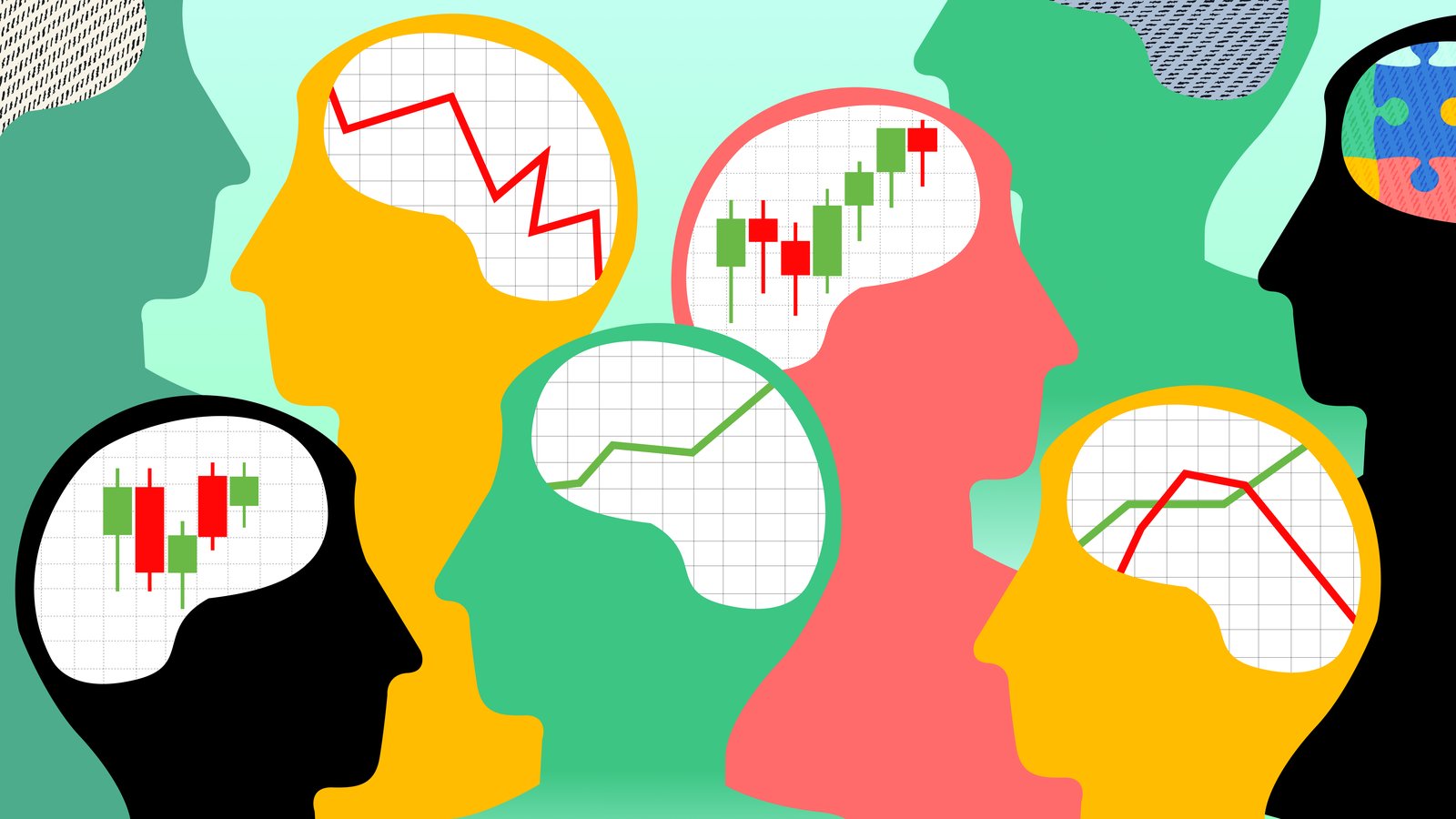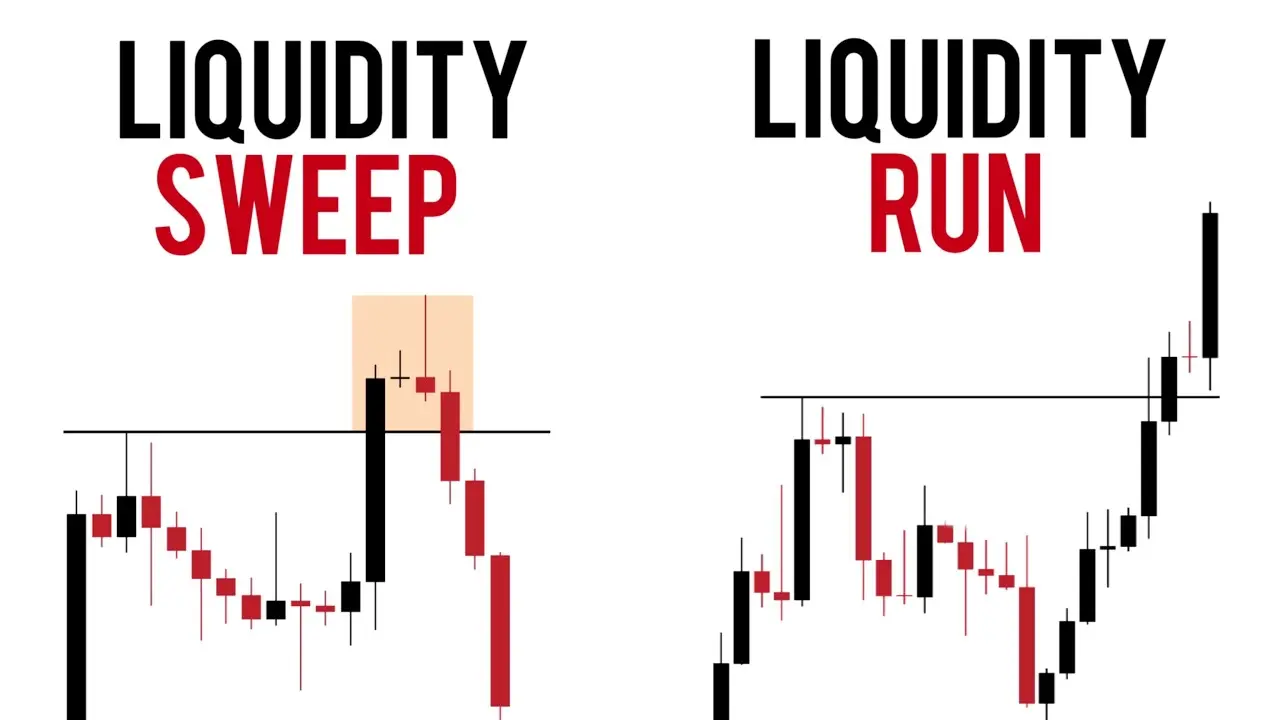If you’ve ever wondered why markets move the way they do — expanding, pausing, retracing, consolidating — then Auction Market Theory (AMT) is the framework that ties it all together.It explains price not as a random sequence of candles, but as a continuous negotiation between buyers and sellerssearching for fair value.Understanding this concept transforms how you see charts — from a battlefield of confusion to a logical process of discovery.In this article, we’ll explore AMT in five practical steps and show how you can use it to build a trading edge in day trading and scalping.
1. The Market as an Auction
At its core, the market is a two-way auction where participants constantly bid (buy) and offer (sell) to find a price that represents fair value.
- When buyers outbid sellers → price moves up to attract sellers.
- When sellers undercut buyers → price moves down to attract buyers.
This constant back-and-forth creates a price discovery process.
On a chart, this process looks like swings, ranges, and trends — but underneath it all is one simple idea:
The market moves away from value to find new value, and back toward value when price becomes unfair.
This is why markets trend, balance, and rotate. They’re just reflecting an ongoing conversation between participants, not “random volatility.”
💡 Key takeaway:
Price is just the messenger. The message is always about where the market believes fair value is — and how far it’s willing to move to test that belief.
2. The Structure of Market Profiles: Value, Imbalance, and Rotation
Auction Market Theory is visualized beautifully through Market Profile or Volume Profile.
Both tools help traders see where value is forming and how participants are behaving.
Here’s the breakdown of its structure:
A. Value Area
The Value Area (VA) is where 70% of transactions occurred during a session.
This represents the market’s agreement zone — the area where both buyers and sellers are comfortable transacting.
- VAH (Value Area High) = upper limit of value
- VAL (Value Area Low) = lower limit of value
- POC (Point of Control) = price with the highest traded volume
When price stays within this zone, the market is balanced.
When it moves outside, it’s testing for new value.
B. Imbalance and Expansion
When aggressive buying or selling pushes price away from the VA and value fails to rotate back, an imbalance forms — this is where new trends begin.
Think of it as the market saying:
“We don’t agree on this price anymore. Let’s explore higher or lower until we find new balance.”
These expansions are often the best trading opportunities — especially when followed by retests of the prior value area.
C. Rotation and Acceptance
Eventually, every imbalance slows down, and participants start trading both sides of the book again.
This is known as acceptance — when the market has found new fair value.
💡 Key takeaway:
The market alternates between balance (acceptance of value) and imbalance (discovery of new value).
Your job is to identify which phase it’s in and trade accordingly.
3. Reading Auction Behavior in Real Time
Understanding context is where Auction Market Theory becomes a superpower for intraday traders.
Let’s break down how to read auction behavior using simple patterns you’ll see daily:
A. Balanced Days
The market opens near the previous day’s POC and rotates both directions.
Volume is distributed evenly — no major directional conviction.
→ Strategy: trade extremes back to the mean (fade VAH/VAL rotations).
B. Trend Days
The market opens outside the prior value and never returns — single prints in the profile, elongated distribution.
→ Strategy: follow the direction of imbalance. Look for pullback entries during pauses.
C. Double Distribution Days
The market builds an initial value area, then aggressively re-auctions higher/lower, forming a second distribution.
→ Strategy: trade continuation between the two value zones or fade failed attempts to re-enter the old one.
D. Neutral Days
Price explores both extremes before closing near the middle — showing two-sided activity.
→ Strategy: scalp both edges; avoid chasing breakouts.
💡 Pro tip:
Combining AMT structure with session timing (London open, NY open, power hour) gives you clarity on whether a move is exploration or exhaustion.
4. Building a Trading Framework with Auction Market Theory
You can translate Auction Market Theory into a repeatable trading plan.
Here’s a five-step process used by professional day traders:
1️⃣ Define Context
Start with the higher timeframe:
Is the market balanced (rotating inside value) or imbalanced (moving away)?
You don’t need prediction — just awareness of what phase you’re in.
2️⃣ Identify Key Levels
Mark:
- Previous day’s VAH, VAL, and POC
- Session opens
- Single prints or LVNs (Low Volume Nodes)
These levels are your auction landmarks.
3️⃣ Wait for the Test
The best trades occur when price tests these areas:
- A failed auction above VAH = short setup
- A failed auction below VAL = long setup
- Acceptance beyond VAH/VAL = trend continuation
Let the market show its hand before entering.
4️⃣ Confirm with Volume or Delta
Watch for signs of absorption or initiative activity:
- Absorption near extremes = likely reversal
- Initiative buying/selling (delta expanding with volume) = continuation
5️⃣ Manage Risk by Auction Logic
Instead of fixed pip/tick stops, place your stop beyond the last area of acceptance.
If the market accepts value beyond your invalidation, your idea is wrong — exit cleanly.
💡 Key takeaway:
Trade where acceptance meets rejection — that’s where probability and risk/reward align.
5. The Psychological Edge of Thinking in Auctions
Auction Market Theory doesn’t just help you find better entries — it improves your mindset.
Most traders fail because they think in absolutes:
“Price must go up” or “This setup will fail.”
Auction-based traders think in probabilities and responses.
They ask:
“Is the market accepting this price or rejecting it?”
This shift is huge. It removes ego and brings structure to uncertainty.
A. Acceptance of Uncertainty
You stop needing to be “right” — your goal becomes reading behavior, not predicting outcomes.
That’s the true mark of professionalism.
B. Emotional Regulation
When you see price as an auction, you detach emotionally from single trades.
You understand that failed auctions are part of the process — not personal failures.
C. Process-Based Thinking
Your focus shifts from outcomes (P&L) to process (execution based on auction cues).
That consistency compounds over time.
💡 Mindset takeaway:
Auction Market Theory isn’t just about reading charts — it’s about rewiring how you think about markets, probability, and self-control.
Conclusion
Auction Market Theory gives traders a framework to interpret market behavior with logic and structure — not guesswork.
It connects the dots between price action, volume, and psychology, revealing that markets move through a natural rhythm of balance and imbalance.
When you start viewing markets through the lens of an auction:
- You stop chasing random moves.
- You understand why price pauses, rotates, or expands.
- You align your strategy with institutional behavior, not against it.
Whether you scalp on a 1-minute chart or swing trade using session profiles, AMT helps you stay grounded, patient, and objective.
It’s the missing link between orderflow precision and emotional mastery — the language of professional traders.

.png)


